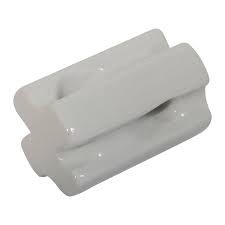
A stay insulator is a component that supports and insulates overhead electrical wires or conductors. They install at areas where the conductors change directions or in areas that need extra support. Stay insulators are from materials such as porcelain, glass, or composite materials. The materials have the best insulating characteristics and resistance to environmental conditions. The stay insulator guarantees that overhead electrical systems operate safely and reliably. This is to prevent electrical failures caused by conductor contact with grounded surfaces. Using stay insulators reduces the chance of power outages and electrical accidents. Stay insulators offer electrical insulation and support for ADSS and OPGW cables. Porcelain, glass, composite, and hybrid stay insulators are among the most common varieties.
Qualities of a Stay Insulator
Stay insulators offer features that make them useful in electrical installations. Stay insulators help electrical systems operate safely and reliably. Their characteristics also help them keep their performance criteria. The stay insulator has the following common features.
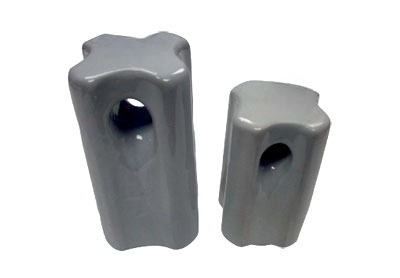
- Insulating properties – stay insulators have designs to give strong electrical insulation resistance. They also help to avoid current leakage and ensure the safe transmission of electricity.
- Corrosion resistance – the insulators are able to withstand corrosion, ensuring long-term reliability.
- Lightweight – these stay insulators help to ease stress on support structures. They, however, add strength to such applications.
- Electrical performance – the insulators should have low electrical loss and a high dielectric strength. This is to prevent energy losses and maintain the efficient transmission of electricity.
- Mechanical strength – the insulators must be able to bear mechanical strains without breaking or deforming. They must withstand forces from wind, ice, and the weight of the conductors.
- Weather resistance – stay insulators have designs to withstand weather variables. They should be able to withstand elements such as rain, sunshine, severe temperatures, and pollution.
- Dimensional stability – stay insulators should keep their shape and dimensions under different conditions. This is to prevent variations in the tension of the overhead lines.
- Ease of installation – the insulators should be simple to install and maintain. This is to ensure efficient deployment.
Operation of a Stay Insulator
The stay insulator’s duty is to provide structural support and electrical insulation. They also prevent current leakage and electrical problems, ensuring dependability. The following is a brief description of how a stay insulator works.
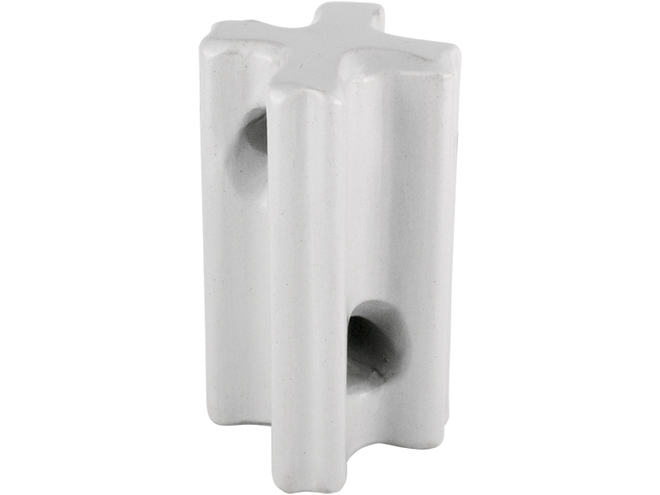
- Insulation – stay insulator offers electrical insulation between the conductor and the support structure. The insulating substance has a high electrical resistance, which prevents current from flowing from the conductor to ground.
- Electrical fault prevention – stay insulators avoid electrical failures that arise when conductors come into touch with grounded surfaces. This contributes to the safety and reliability of the electrical system.
- Dielectric properties – the insulators should have a high dielectric strength to withstand the voltage levels. This prevents electrical arcing which occurs when a conductor fails under high voltage circumstances.
- Mechanical support – the insulators act as mechanical supports for the overhead lines. The insulator must endure mechanical stresses from the conductor. This includes tension, compression, bending, and vibration.
- Environmental protection – stay insulators shield overhead lines from environmental hazards. The insulating substance can withstand degradation and sustain performance, ensuring its longevity.
- Tension maintenance – by anchoring the wires to the support structure, the insulators aid to maintain their tension. Proper tension helps to keep conductor stability and sag within acceptable ranges.
Choosing the Best Stay Insulators
Stay insulators are available in a variety of designs and specifications to suit diverse applications in the field. It is critical to choose stay insulators that are appropriate for your specific application. This ensures electrical insulation, mechanical support, and long-term reliability of the transmission system. The following are the many considerations to consider when choosing a stay insulator.
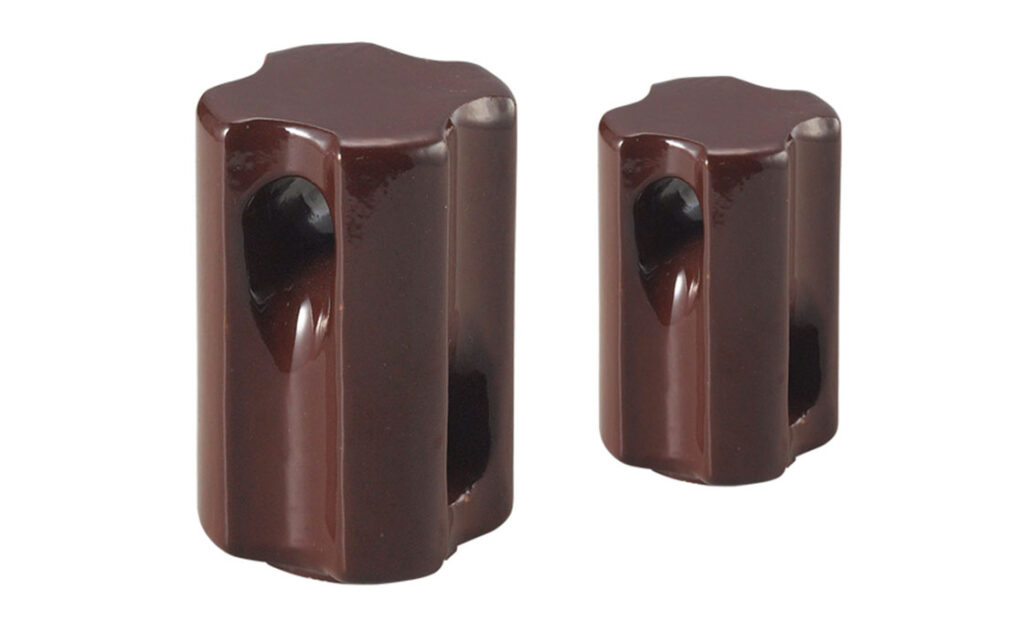
- Manufacturer reputation – consider the reputation of the manufacturer and supplier in the market. They should have an established track record of producing high-quality equipment. A reliable manufacturer will offer help, technical support, and after-sales service.
- Voltage rating – determine the voltage rating and electrical insulation requirements for your specific application.
- Environmental conditions – consider the environment in which the stay insulators will work. Consider pollution levels, humidity, temperature changes, UV exposure and coastal locations.
- Mechanical strength – check the mechanical strength of the insulators based on several factors. The insulator must endure the weight of conductors, wind loads, and ice formation.
- Costs – check the cost-effectiveness of stay insulators. This is by taking into account the initial costs, long-term maintenance needs, and estimated longevity.
- Mechanical load – determine the mechanical load capacity of the stay insulators. Consider tension, compression, wind and ice loads, and other mechanical forces.
- Installation requirements – consider the installation configuration for the stay insulator. This includes the type of support structure, conductor layout, and angle of deviation.
- Material – choose stay insulators made of the appropriate material for your specific application. Porcelain, glass, and composite materials are all common materials.
- Creepage distance – ensure the stay insulators have adequate creepage distance to prevent surface leakage.
- Standards and regulations – ensure that the stay insulators meet the relevant industry standards. This could include requirements for electrical insulation, mechanical load capability, pollution control, and environmental conditions.
Proper setup of guy insulators
Installation of stay insulators necessitates careful planning and adherence to safety standards. The method entails fastening and putting insulators on man wires. This is for electrical insulation and mechanical support. The stay insulator installation process is as described below in general terms.
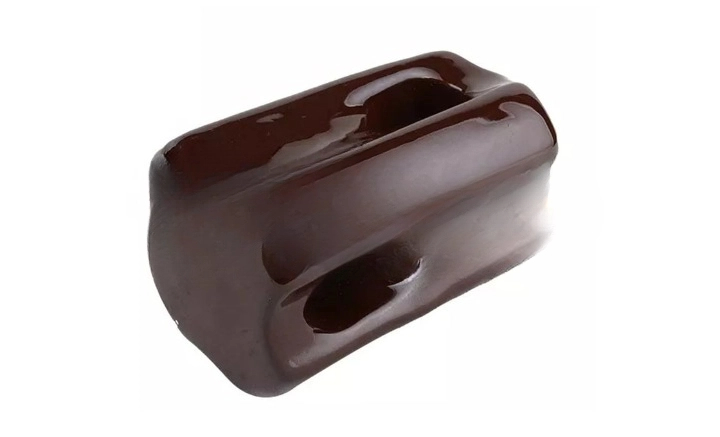
- Preparation – conduct a complete site evaluation to establish the best areas for installation. Ensure that all staff follow safety protocols and instructions throughout the installation process.
- Insulator inspection – check each stay insulator for noticeable damage or flaws. They should also have the specified voltage rating.
- Assembly – follow the instructions provided to assemble the stay insulators and verify that all components are securely fastened. Connect the metal rod to the insulator to form the support framework.
- Positioning – determine the right spacing and location of stay insulators along the guy wires. Also, make sure the insulators match the direction of the guy wires.
- Attachment – mount the stay insulators to the guy wires using the appropriate hardware, such as clevises or brackets. Ensure that the insulators are properly aligned with the direction of the conductors.
- Mechanical load distribution – ensure the installation allows for a fair distribution of mechanical loads throughout the installed stay insulators.
- Tightening and fastening – to prevent the insulators from moving, tighten all fasteners, such as bolts or nuts.
- Alignment check – confirm that the stay insulators are straight and not subjected to any unnecessary stress or strain. Ensure that the conductors are evenly tensioned and aligned to avoid excessive sagging or unequal loads.
- Testing – check the electrical insulation qualities of the stay insulators. Examine for symptoms of electrical leakage or unusual behaviour that state a problem with the installation.
- Documentation – maintain complete documentation of the installation process. This includes the position of each stay insulator, the torque values, and any changes done.
Maintenance procedures for stay insulators.
Regular maintenance of stay insulators ensures that they continue to be effective and operate well. It also serves to provide electrical insulation and mechanical support for guy wires. Furthermore, it aids in the identification and resolution of potential concerns that may lead to failures and accidents. The following is a basic guide to maintaining the stay insulators.
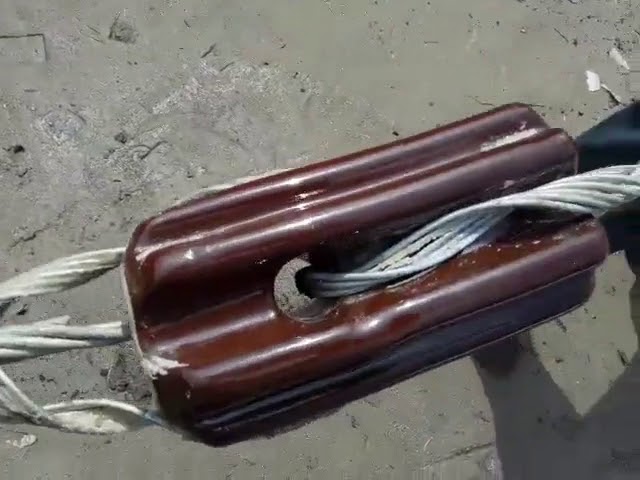
- Conduct regular visual checks of each stay insulator to look for visible signs of deterioration, cracks, or contamination.
- Use a mild detergent to remove any debris, dust, or deposits that could affect the stay insulator’s efficacy.
- Ensure that the creepage distance along the surface of the stay insulator is free of tracks or deposits. The distance should also adhere to design parameters to avoid surface flashovers.
- Conduct electrical tests to determine the insulation resistance and electrical performance of the stay insulator.
- Check the mechanical load on the stay insulators, taking into account wind, guy wire tension, and any other loads.
- Examine the stay insulators in coastal areas for signs of metal corrosion. Consider applying protective coatings to increase the insulator’s lifespan.
- Use thermal imaging techniques to detect anomalous temperature swings on the surface of the stay insulators.
- Perform periodic load testing to confirm that the insulators can withstand mechanical loads under design standards.
- Keep accurate records of all inspections, testing, and maintenance activities performed on each insulator.
Frequently asked Questions
A stay insulator is a component in electrical systems that supports and insulates electrical wires. Its primary function is to provide electrical insulation between the conductor and the supporting structure.
Voltage rating, mechanical strength, insulating material, environmental resistance, and creepage distance are all important parameters.
Stay insulators offer electrical insulation, mechanical support, and environmental protection for electrical wires.
